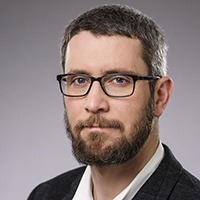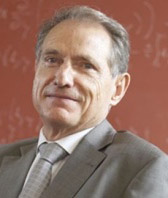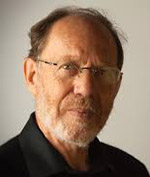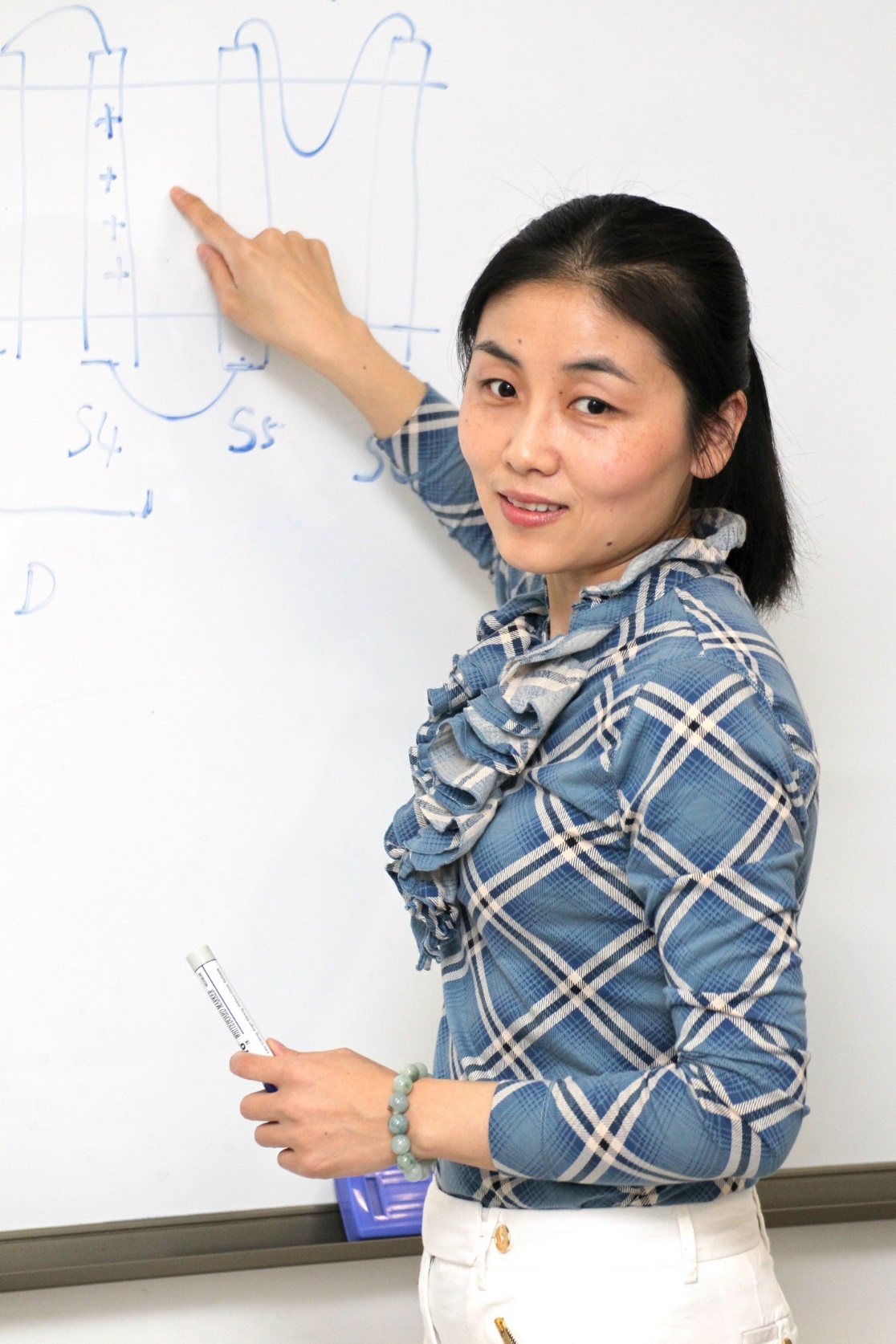Past Laureates of the Tel Aviv University International Prize in Biophysics
2025

Prof. Ariel Amir, Weizmann Institute of Science, Israel – For promoting the application of mathematical concepts and methods in biophysics, and specifically for employing principles from statistical physics and stochastic processes to describe bacterial cell-size regulation.
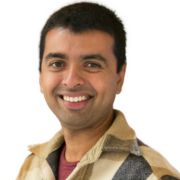
Prof. Arvind Murugan, University of Chicago, USA – For pivotal contributions to understanding the informatics of various biological processes, and specifically for leveraging molecular complexity of disordered systems for efficient physical computation and learning.

Prof. Julien Tailleur, Massachusetts Institute of Technology, USA – For his seminal contributions to the mechanics of active matter via the statistical physics of energy consuming components, and specifically for the discovery and explanation of motility-induced phase separation.
2024

Prof. Cornelis (Cees) Dekker, Delft University of Technology, The Netherlands
For his seminal contributions to single-molecule biophysics, including the application of nanotechnology to biological systems, developing single-molecule techniques leading to breakthroughs in DNA and protein sequencing with nanopores, novel insights in DNA-protein interactions and chromosome organization, and experimental demonstration of DNA loop extrusion predicted by Prof. Mirny, as well as the development of synthetic cells.
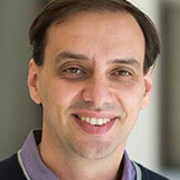
Prof. Leonid Mirny, Massachusetts Institute of Technology, USA
For his pioneering contributions to developing polymer models and theory, which have been instrumental for understanding and unraveling the physical mechanisms of DNA and chromosome topology and organization, including the folding principles of the human genome, compartmental segregation, epigenetic memory, and the formulation of the loop extrusion hypothesis, later to be experimentally observed by Prof. Dekker.

Prof. Petra Schwille , Max Planck Institute of Biochemistry, Martinsried, Germany
For her landmark contributions to molecular biophysics through the development of ultrasensitive spectroscopy methods to quantitatively elucidate single-molecule dynamics and for establishing the visionary concept of bottom-up synthetic biology, including a new paradigm for investigating the essence of life through minimalistic models of synthetic cells and reconstituted systems that mimic cellular organization and functions.

Past Laureates of the Raymond & Beverly Sackler International Prize in Biophysics
2023
Prof. Clifford P. Brangwynne, HHMI Investigator, Department of Chemical and Biological Engineering, Princeton University, USA.
For his contribution to cellular biophysics, and specifically for his pioneering work identifying how membrane-less organelles assemble through liquid-liquid phase separation to form condensed droplets inside cells.
Prof. Philipp Kukura, Department of Chemistry, University of Oxford, UK
For his contribution to imaging techniques in biophysics, and specifically for developing fluorescence-free methods to accurately measure individual biomolecules in solution.
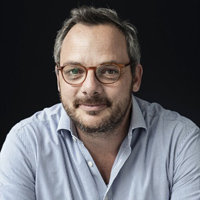
2022
Prof. Sam uel (Sam) Safran, Department of Chemical and Biological Physics, Weizmann Institute of Science, Israel.
uel (Sam) Safran, Department of Chemical and Biological Physics, Weizmann Institute of Science, Israel.
For his decisive contributions to the understanding of the structure and dynamics of cells and their interactions with their physical environment.
Samuel (Sam) Safran has played a pivotal role in the application of the statistical mechanics and dynamics of soft matter to cellular activity and function. He combines methodologies and insights from soft-matter physics with knowledge of biological macromolecules and membranes to develop analytical, predictive theories of complex biological phenomena. These include, in particular, the development of cell mechano-biology – how cells interact with their environment and with other cells using active mechanics.
Prof. Shimon Wei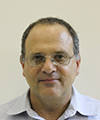 ss, Department of Chemistry and Biochemistry, UCLA, USA
ss, Department of Chemistry and Biochemistry, UCLA, USA
For his decisive contributions as pioneering, the development of single-molecule methods for probing fundamental biological processes at the nanometer scale.
Prof. Shimon Weiss has pioneered the development of single-molecule biophysical methods that have profoundly affected the understanding of biological processes at the molecular scale. Among his main contributions are the development of single-molecule Forster-resonance-energy-transfer (smFRET) for in situ determination of molecular distances between different parts of nucleic acids and proteins; the invention of fluorescent quantum dots for probing biological processes in living system; and the development of one of the most subtle and powerful approaches to super-resolution optical microscopy, based on the inherent fluctuations of fluorescent probes. The methods developed by Prof. Weiss have now become standard techniques in many labs worldwide and have led to fundamental discoveries in biology.
2020
 Prof. Robert B. Best, Computational Biophysics Section, Laboratory of Chemical Physics NIDDK, National Institutes of Health, USA
Prof. Robert B. Best, Computational Biophysics Section, Laboratory of Chemical Physics NIDDK, National Institutes of Health, USA
For his decisive contributions to the understanding of protein structure and dynamics.
Robert Best has reached several key discoveries concerning protein folding and association, using mainly atomistic Molecular Dynamics simulations. These include the relation between transient misfolded intermediates and protein aggregation, the crucial role of native contacts in folding mechanisms, and the structure and association of intrinsically disordered proteins. In addition, he introduced critical improvements to the force fields used in such atomistic simulations, from which innumerable other studies have benefited.
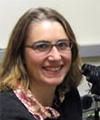 Prof. Margaret Gardel, Department of Physics, Director of James Franck Institute, University of Chicago, USA
Prof. Margaret Gardel, Department of Physics, Director of James Franck Institute, University of Chicago, USA
For her decisive contributions to elucidate the biophysical principles underlying the forces that shape cells and tissues.
Margaret Gardel’s most significant achievements have centered around establishing the biophysical underpinnings of cell adhesion, contractility, migration and matrix stiffness sensing. In particular, she has been a leader in developing new understanding of how the physical properties of the cell emerge from the mechanics of the actin cytoskeleton. She has also developed novel experimental tools for studying and measuring forces in cells and in in-vitro reconstituted systems.
2019
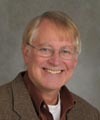
Prof. Ken A. Dill from the Department of Chemistry, Director of the Laufer Center for Physical and Quantitative Biology, Stony Brook University
For his decisive contributions to the understanding of protein folding.
Ken A. Dill played a pivotal role in the application of physical principles to the problem of protein folding – how a linear sequence of chained amino acids spontaneously collapses into a well-defined three-dimensional structure. He was among the very first to recognize the relevance of concepts from the statistical physics of polymer chains to protein structure, and to adapt these concepts to the transition of proteins from the denatured to the folded state. Ken Dill established the dominance of the hydrophobic effect – the tendency of poorly soluble amino acid groups to minimize contact with the aqueous surroundings – in determining the secondary and tertiary structures of proteins. Ken Dill demonstrated how proteins, rather than blindly sampling their vast number of spatial configurations, slide down a rugged, yet hierarchical, configurational landscape – a free-energy “funnel” – toward a well-defined free energy minimum corresponding to the folded state, thus accounting for the then-paradoxically fast kinetics of protein folding. These achievements became cornerstones in our understanding of protein structure and folding.
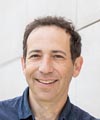
Prof. Michael Elowitz from the Departments of Biology, Bioengineering, and Applied Physics at California Institute of Technology, and investigator in Howard Hughes Medical Institute
For his decisive contributions to elucidate the physical principles of living cells by pioneering the field of synthetic biology and demonstrating the important role of stochastic fluctuations in cells and tissues.
Michael Elowitz pioneered the field of Synthetic Biology by designing and building the repressilator, a synthetic genetic oscillator composed of repressor genes. His work demonstrated that a mathematical understanding of biological circuits enables the deliberate design of new complex dynamical behaviors in cells. Synthetic biology is now commonly used to understand biological systems by reconstructing them, and to engineer new cellular functions for biomedical applications. A second field Michael Elowitz has pioneered is the study of ‘noise’ or stochastic fluctuations within cells. This work established unambiguously that variations in protein levels could arise from underlying stochastic fluctuations in the process of gene expression, due in part to low molecular concentrations within the cell. He later demonstrated the important functional roles these fluctuations play in enabling specific cellular behaviors. Noise is now recognized as a pervasive physical principle of biological circuits in virtually every context from bacteria to mammalian cells.
2017
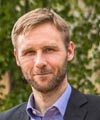
Dept. of Chemistry, The University of Cambridge, UK
For elucidating physical principles of amyloid fibril formation with important applications in biology and medicine
2016
Curie Institute, CNRS, France & National University of Singapore
For Seminal Contributions to Physics of Active Soft Matter and their Applications to Intra-Cellular Processes
Department of Biological Sciences, Purdue University, USA
For Pioneering Contributions to High-Resolution Diffraction Analysis of Atomic Structures of Proteins and Viruses
2015
Biotechnology Center ,Technical University, Dresden, Germany
For outstanding contributions to physics of intracellular acto-myosin networks including the discovery of the mechanism of chiral morphogenesis in cell development
School of Medicine, Tsinghua University, Beijing P.R. China
For seminal contributions to structural biology of crucial membrane proteins including the landmark human glucose transporter GLUT1
2014
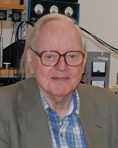
Department of Molecular and Cellular Biology,
The Rowland Institute, Harvard University, USA,
For pioneering contributions to understanding the physical mechanisms of bacterial motion and chemotaxis.

Department of Molecular & Cell. Biology and Department of Environmental Science, Policy & Management, University of California, Berkeley, USA
For discovery of physical principles behind intracellular force generation in cell motility, morphogenesis and biological pattern formation.
Photo: Julie Van Scoy
2012

Department of Molecular and Cell Biology, Department of Physics,
Department of Chemistry, and Howard Hughes Medical Institute,
University of California, Berkeley, CA 94720-3220, USA
For his seminal contributions to single molecule biophysics.
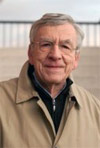
Prof. Wolfgang Helfrich
For his pioneering contributions to the foundation of biophysics of lipid bilayers and biological membranes.
2011

Prof. Stephen R. Quake
Dept. of Bioengineering and Dept. of Applied Physics, Stanford University, USA
For his seminal contributions to the development of microfluidic methods for biophysics and structural biology of proteins and nucleic acids.

Dept. of Chemistry and Chemical Biology, Dept. of Physics, Harvard University, USA
For her seminal contributions to the invention, development and biophysical applications of Stochastic Optical Reconstruction Microscopy (STORM) and related methods of super resolution microscopy.
2010

Dr. Gerhard Hummer
Theoretical Biophysics Section, National Institutes of Health, Bethesda, USA
For his seminal contributions to the study of the hydrophobic effect and its contribution to protein interactions and assemblies.

School of Life Sciences, Tsinghua University, Beijing, China
For his seminal contributions to the study of protein interactions underlying molecular mechanisms of apoptosis (programmed cell death.)
2008
 Prof. David A. Baker
Prof. David A. Baker
Department of Biochemistry, University of Washington, Seattle, USA
For his seminal contributions to computational studies of protein folding, structure and reactions.
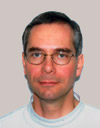
Department of Chemistry, University of Illinois, Urbana-Champaign, USA
For his seminal contributions to experimental studies of fast processes mediating the structural dynamics of complex biomolecular system.

Departments of Cellular & Molecular Pharmacology and Biochemistry & Biophysics, University of California, San Francisco, USA
For his seminal contributions to the study of protein folding in the formation and transmission of prions.
2007

The Scripps Research Institute, Department of Cell Biology, La Jolla, California; and Laboratory of Cell and Tissue Morphodynamics, National Heart Lung and Blood Institute, National Institutes of Health, Bethesda, Maryland, USA
For her seminal contributions to the field of Cellular Biophysics: methodology for quantitative characterization of intracellular dynamics of cytoskeleton and focal adhesions.
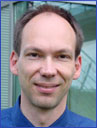
For his seminal contributions to the field of the physics of non-equilibrium bio-cellular systems such as molecular motors, active membranes, filaments and the cytoskeleton.
2006

Medical Research Council, Laboratory of Molecular Biology, Cambridge
For his seminal contributions to the field of Cell Biophysics: regulation of membrane dynamics by proteins and molecular mechanisms of endocytosis.
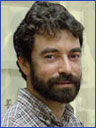
University of Illinois at Urbana-Champaign, Department of Physics, USA
For his seminal contributions to the study of Single Molecule Biophysics: development of novel tools for studying atomic-scale conformational changes in biological macromolecules.


